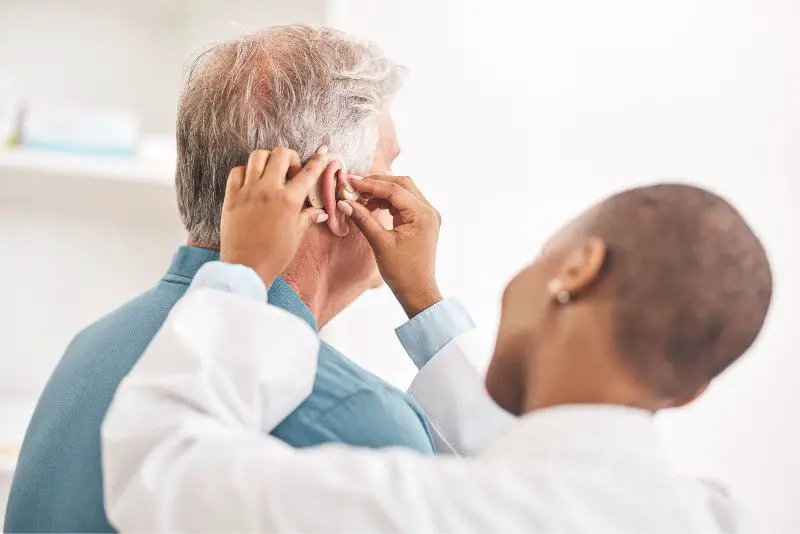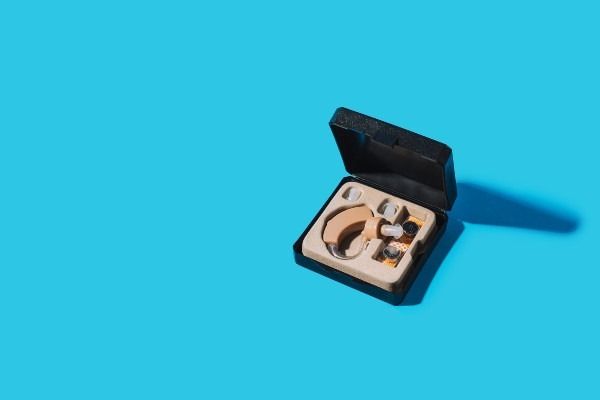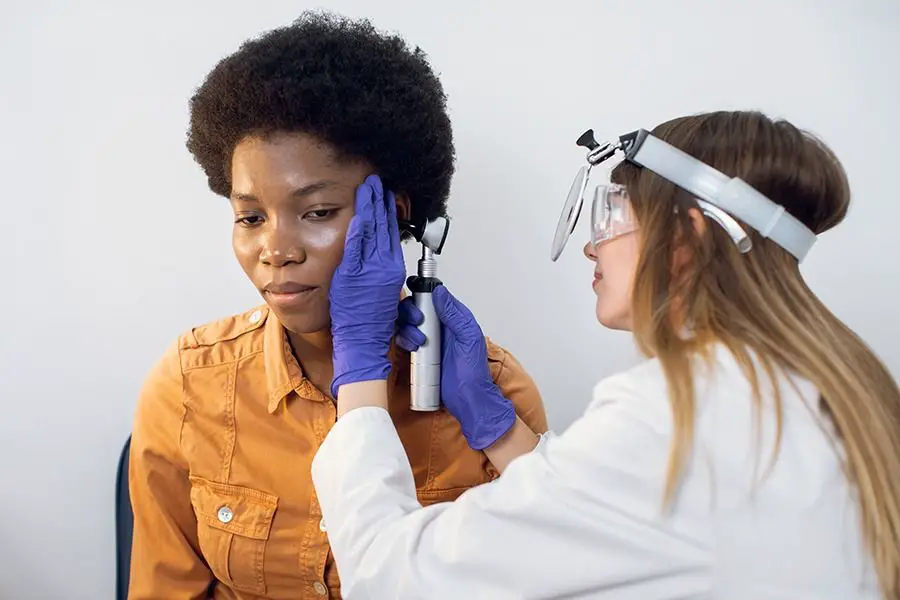Introduction
In the dynamic orchestra of the European workplace, individuals with mixed hearing loss (MHL) face unique challenges that disrupt the harmony of their professional experiences. MHL, a complex condition that combines conductive and sensorineural hearing loss, presents a blend of communication barriers, social isolation, and career hurdles. However, by fostering workplace adaptation, promoting inclusive practices, and empowering individuals with MHL, we can transform the workplace into a harmonious symphony where everyone can contribute their talents and expertise.
Unveiling the Auditory Challenges of MHL: A Symphony of Distractions
Individuals with MHL face a unique set of auditory challenges within the workplace, including:
- Difficulty hearing soft sounds: Subtle sounds like whispers, distant conversations, or environmental cues can be difficult to discern for individuals with MHL.
- Muffled or distorted sounds: The presence of background noise, such as machinery, conversations, or ringing phones, can distort sounds and make comprehension challenging for individuals with MHL.
- Trouble understanding speech, especially in noisy environments: Meetings, conferences, and even casual conversations can become challenging due to background noise and the complexity of group interactions.
- Tinnitus, a persistent ringing or buzzing sensation in the ears: Tinnitus, a common symptom of MHL, can add an extra layer of auditory distraction, affecting concentration and productivity.
Harmonizing Acoustics: Tuning the Workplace for Optimal Sound Quality
Ensuring optimal acoustics in the workplace is crucial for individuals with MHL. This involves:
- Reducing background noise: Implementing measures to minimize background noise, such as using noise-absorbing panels, installing sound dampening materials, and encouraging the use of headsets.
- Enhancing sound quality: Utilizing assistive listening devices, such as hearing loops and personal amplification systems, to amplify sounds and improve clarity.
- Promoting clear and concise communication: Encouraging employees to speak clearly, avoid jargon, and use visual cues to enhance understanding.
Fostering Inclusive Communication Practices: A Symphony of Understanding
Effective communication is essential for fostering inclusion and collaboration in the workplace. For individuals with MHL, this includes:
- Providing written materials: Providing written summaries of important discussions, presentations, and announcements to ensure everyone has access to information.
- Offering flexible work arrangements: Considering flexible work arrangements, such as remote work options, to provide individuals with MHL greater control over their auditory environment.
- Promoting patience and understanding: Recognizing that individuals with MHL may need more time to process information and respond to questions.
- Encouraging self-advocacy: Empowering individuals with MHL to communicate their hearing loss needs and preferences to their colleagues and managers.
OTC Hearing Aid Pair
Experience the world like never before with the RCA OTC Behind-the-Ear Hearing Aid. Our advanced digital technology ensures that every sound is crystal clear and vibrant, allowing you to fully immerse yourself in life’s experiences. Whether it’s the laughter of loved ones or the music that moves you, our hearing aid brings back the joy of every moment.
Say goodbye to the hassle of appointments and prescriptions. The RCA OTC Hearing Aid is designed to meet the needs of individuals without the need for a prescription. With its seamless setup and user-friendly design, you can effortlessly enhance your hearing abilities and stay connected to the world around you. Simply unpack, wear, and enjoy improved auditory perception instantly.
Experience optimal comfort and style with our discreet behind-the-ear design. The thin tube design allows you to wear glasses comfortably, so you can enjoy clear hearing while maintaining your personal sense of style. Plus, our rechargeable battery ensures long-lasting power, eliminating the inconvenience of constantly replacing small batteries. Elevate your hearing experience with the RCA OTC Hearing Aid and embrace the world with confidence.
FAQ
- What are some common workplace accommodations for individuals with mixed hearing loss (MHL)?
Common workplace accommodations for individuals with MHL include:
- Assistive listening devices: Hearing loops, personal amplification systems, and captioned presentations can enhance sound quality and improve comprehension.
- Flexible work arrangements: Remote work options, flexible scheduling, and telecommuting arrangements can provide individuals with MHL greater control over their auditory environment.
- Written materials: Providing written summaries of meetings, presentations, and announcements ensures everyone has access to information.
- Quiet workspaces: Offering designated quiet spaces or allowing for noise-canceling headphones can provide individuals with MHL with a more comfortable and productive work environment.
- What can employers do to raise awareness and promote understanding of MHL in the workplace?
Employers can raise awareness and promote understanding of MHL by:
- Providing training and education: Implementing training programs for all employees to increase awareness of MHL, its impact, and effective communication strategies.
- Engaging with advocacy organizations: Collaborating with organizations that advocate for the rights and needs of individuals with hearing loss to gather insights and resources.
- Encouraging open communication: Creating a supportive environment where employees feel comfortable discussing hearing loss and their communication needs.
- Role-playing and simulations: Conducting role-playing exercises and simulations can help employees develop empathy and understand the challenges faced by individuals with MHL in the workplace.
- What are some practical tips for individuals with MHL to advocate for their needs in the workplace?
Individuals with MHL can advocate for their needs by:
- Communicating their hearing loss needs: Clearly and directly communicating their hearing loss needs and preferences to their employers and colleagues.
- Seeking support from advocacy organizations: Connecting with organizations that provide support and resources for individuals with hearing loss.
- Educating others about MHL: Sharing information about MHL and its impact to raise awareness and promote understanding.
- Working with hearing professionals: Collaborating with audiologists and hearing aid specialists to optimize their hearing aids and assistive devices.
Practical Tips for Workplace Adaptation and Inclusive Communication
- Identify and address noise sources: Proactively identify and address sources of background noise in the workplace, such as noisy machinery or HVAC systems.
- Utilize visual communication aids: Employ visual cues, such as whiteboards, presentations, and handouts, to enhance understanding and reinforce communication.
- Embrace technology: Utilize technology like video conferencing and real-time transcription tools to supplement face-to-face communication and provide alternative access to information.
- Encourage regular check-ins: Schedule regular check-ins with individuals with MHL to discuss their hearing loss needs and ensure their accommodations are effective.
Conclusion
Mixed hearing loss, with its blend of auditory challenges, presents unique obstacles in the European workplace. However, by embracing workplace adaptation, fostering inclusive communication practices, and empowering individuals with MHL, we can harmonize the workplace symphony, enabling everyone to contribute their talents and expertise to a more productive, inclusive, and accessible European workforce. By creating a workplace that values the contributions of all employees, regardless of their hearing abilities, we can foster innovation, creativity, and a more harmonious work environment for all.






